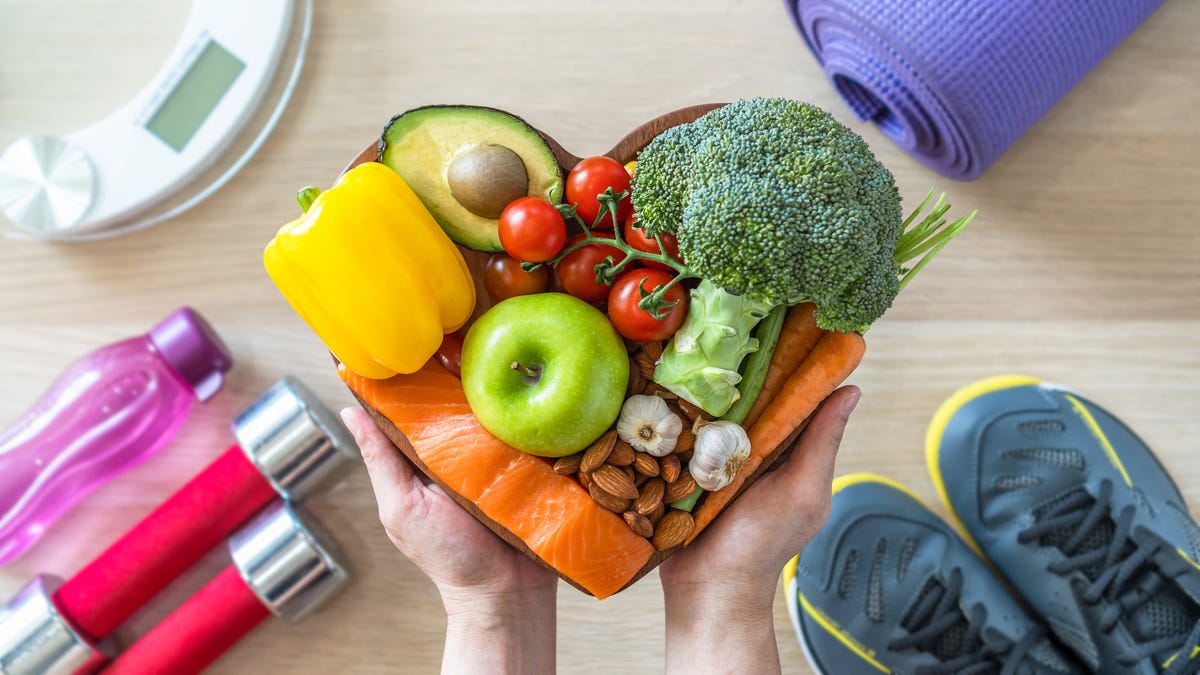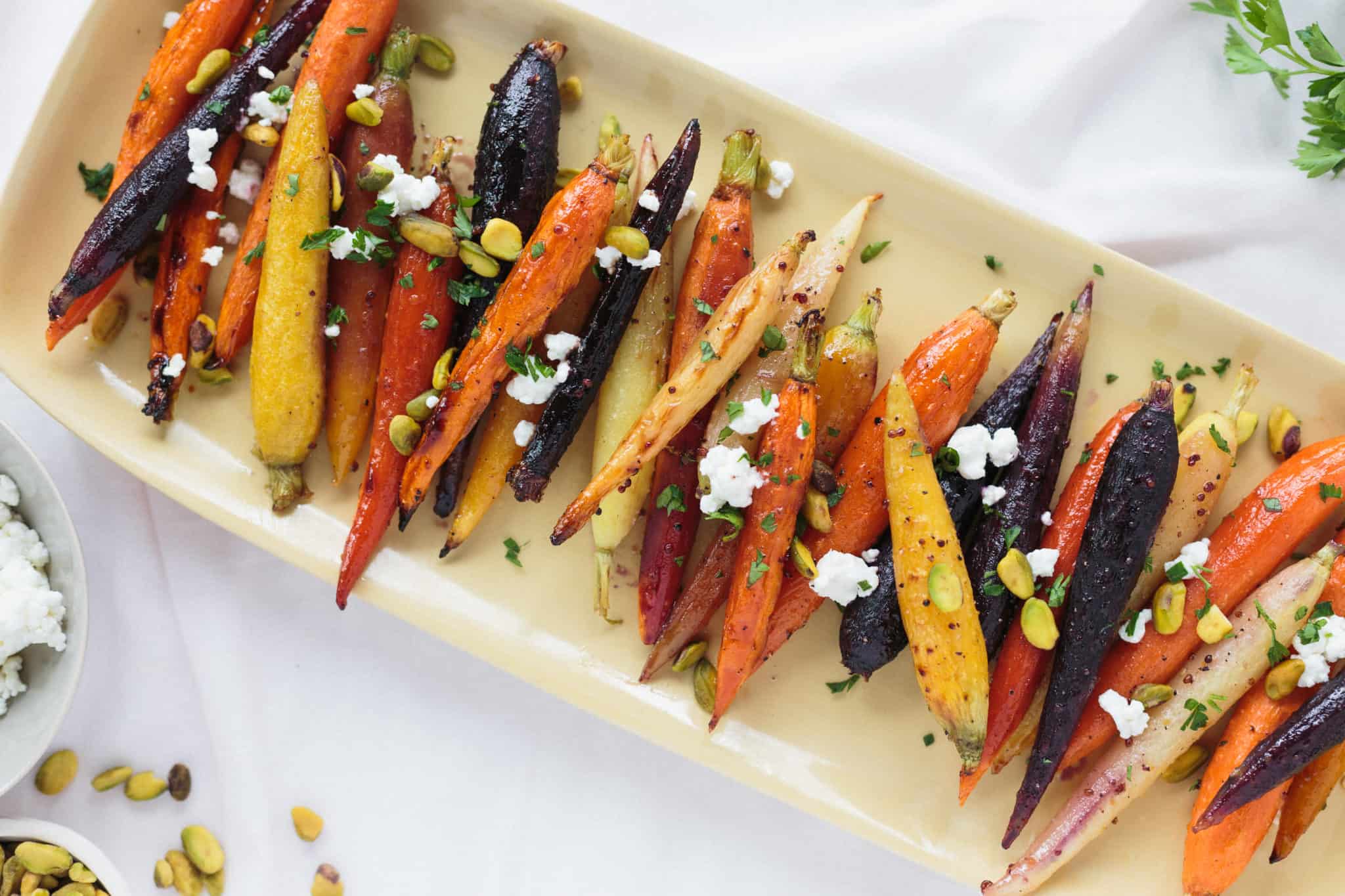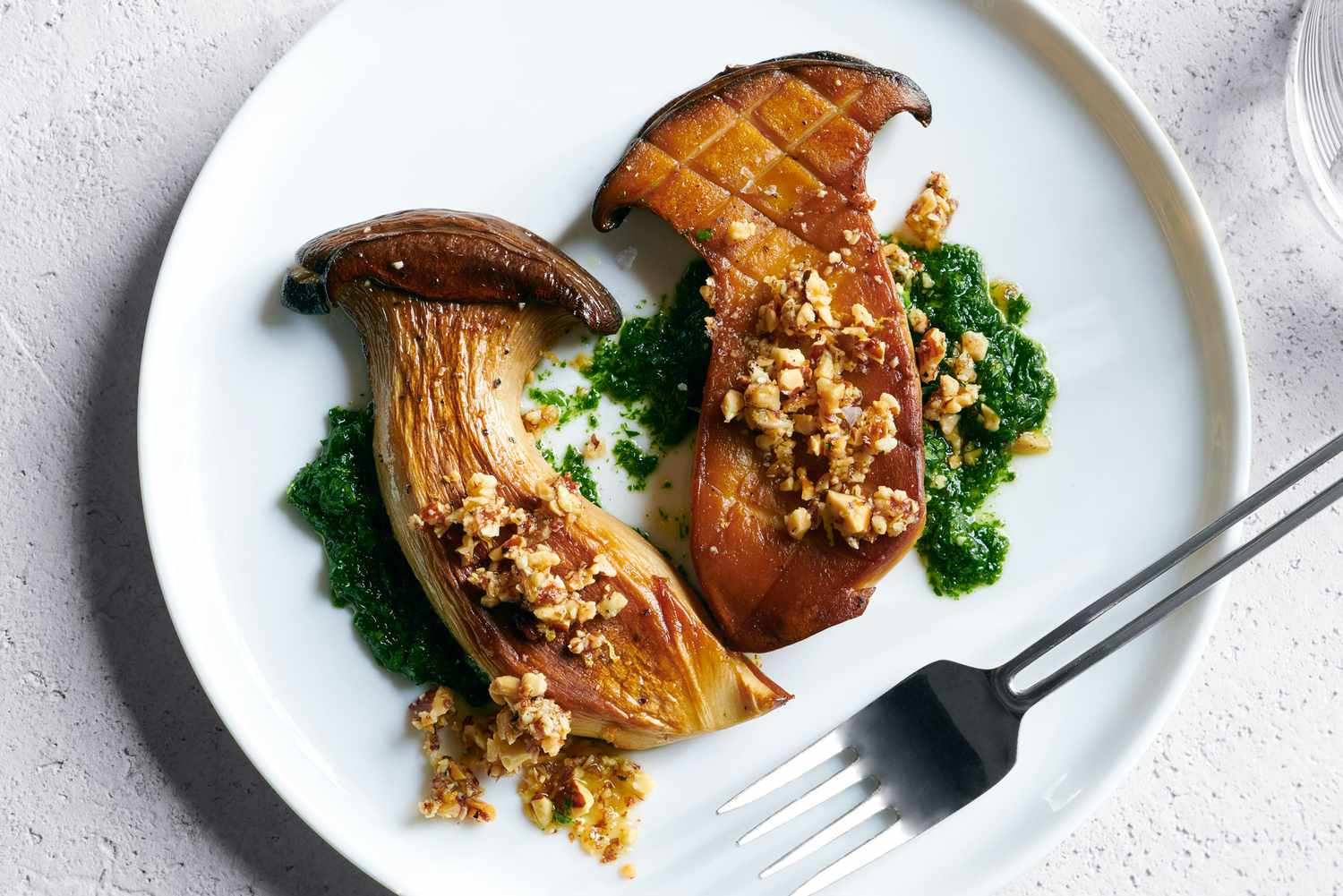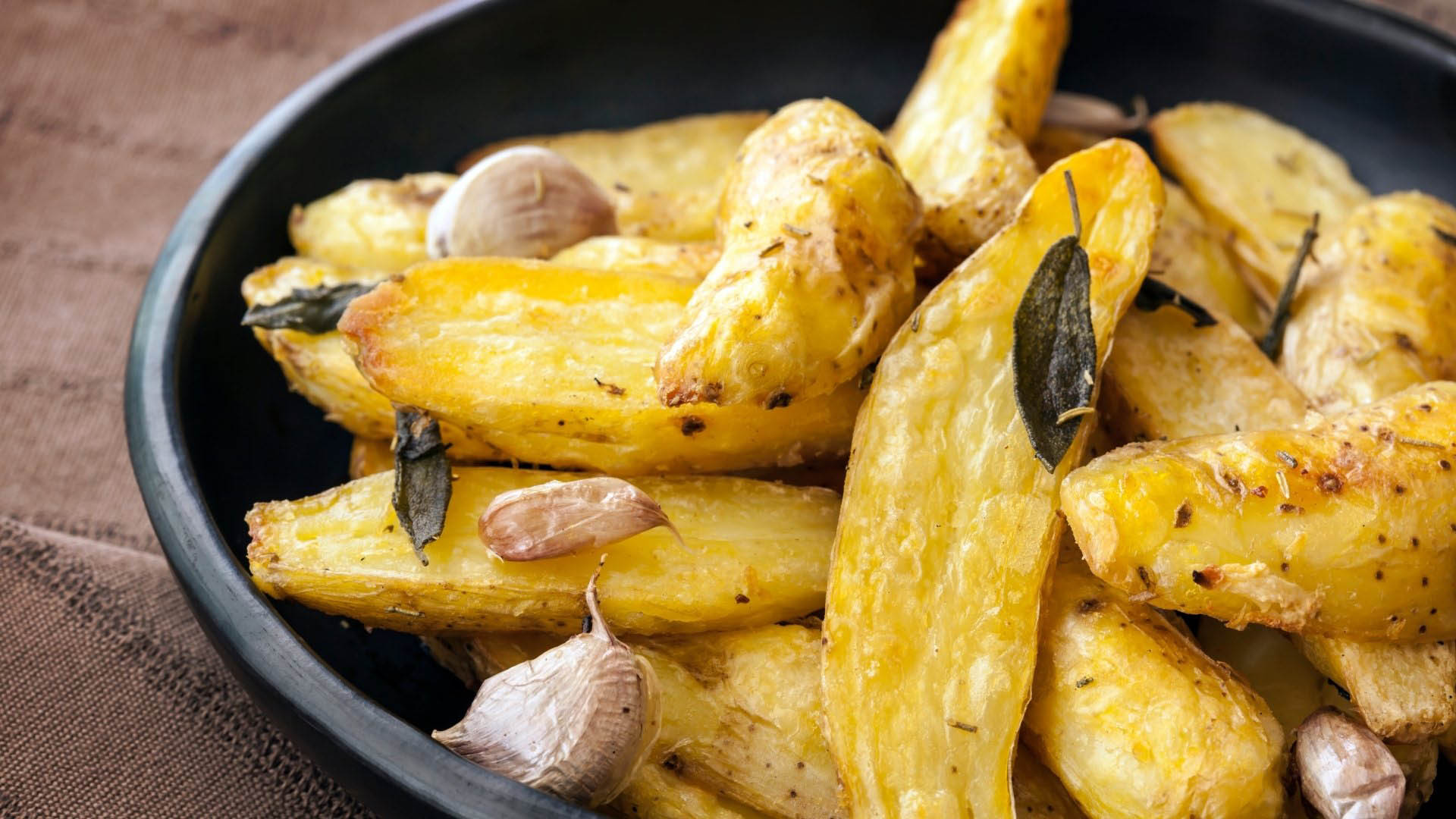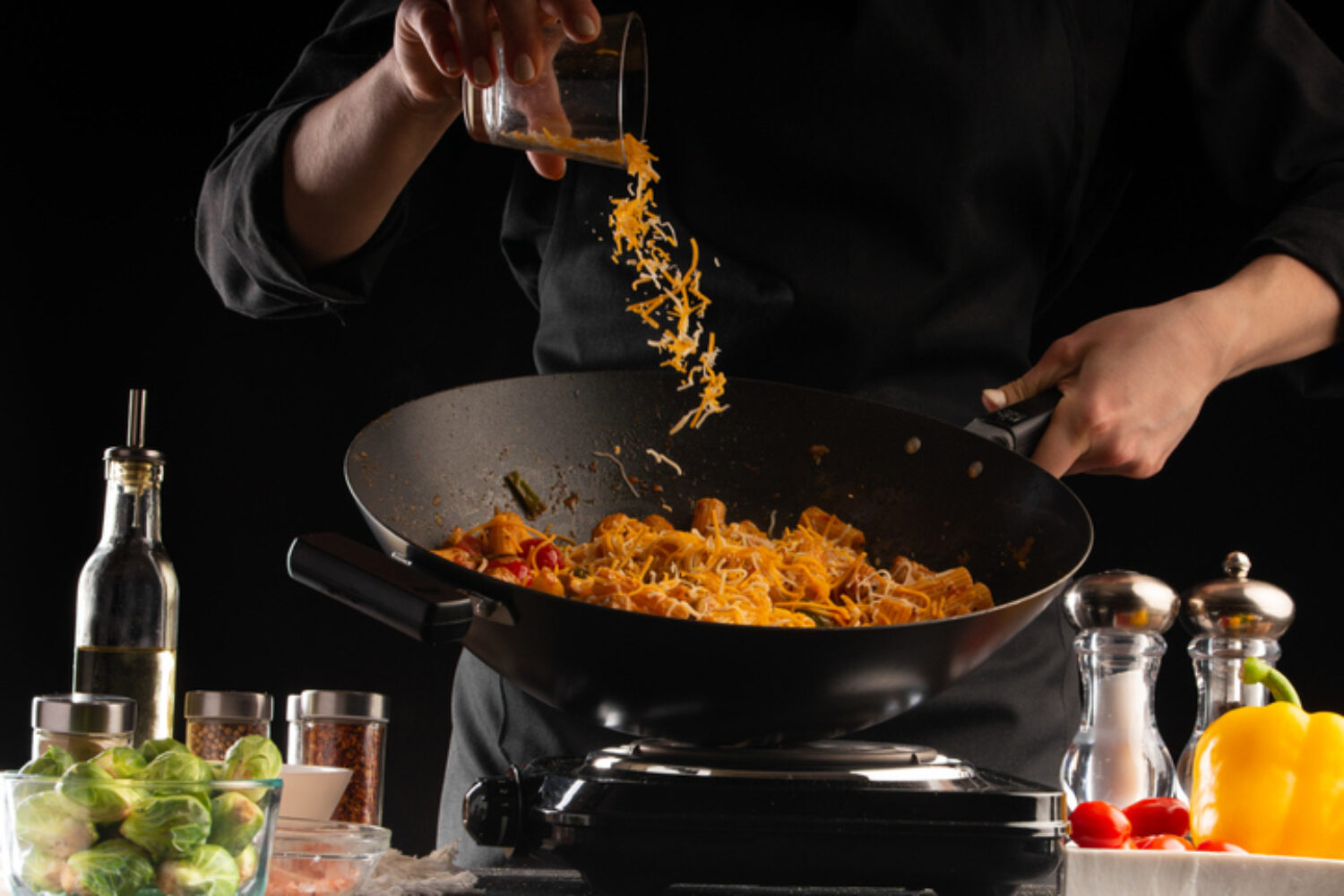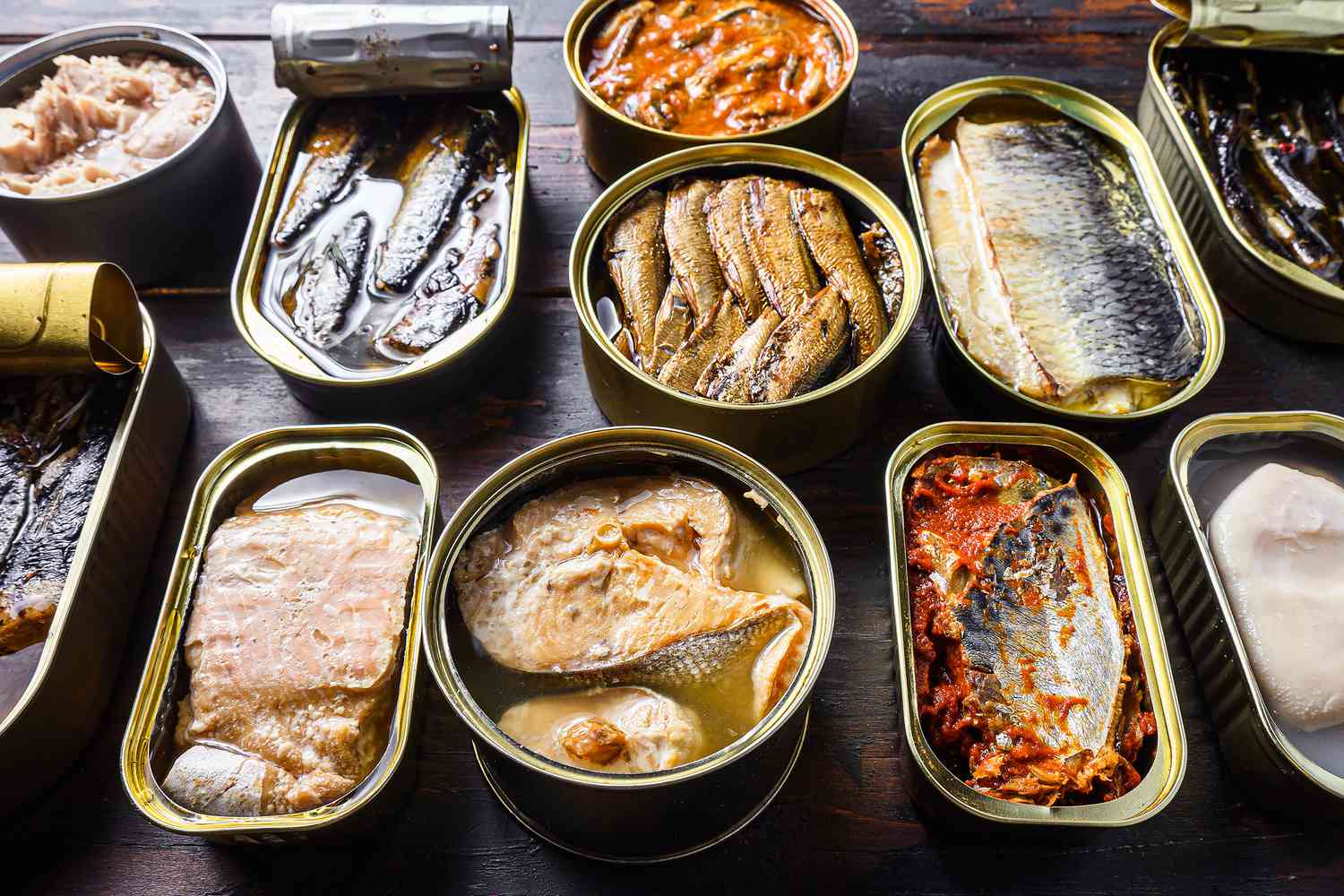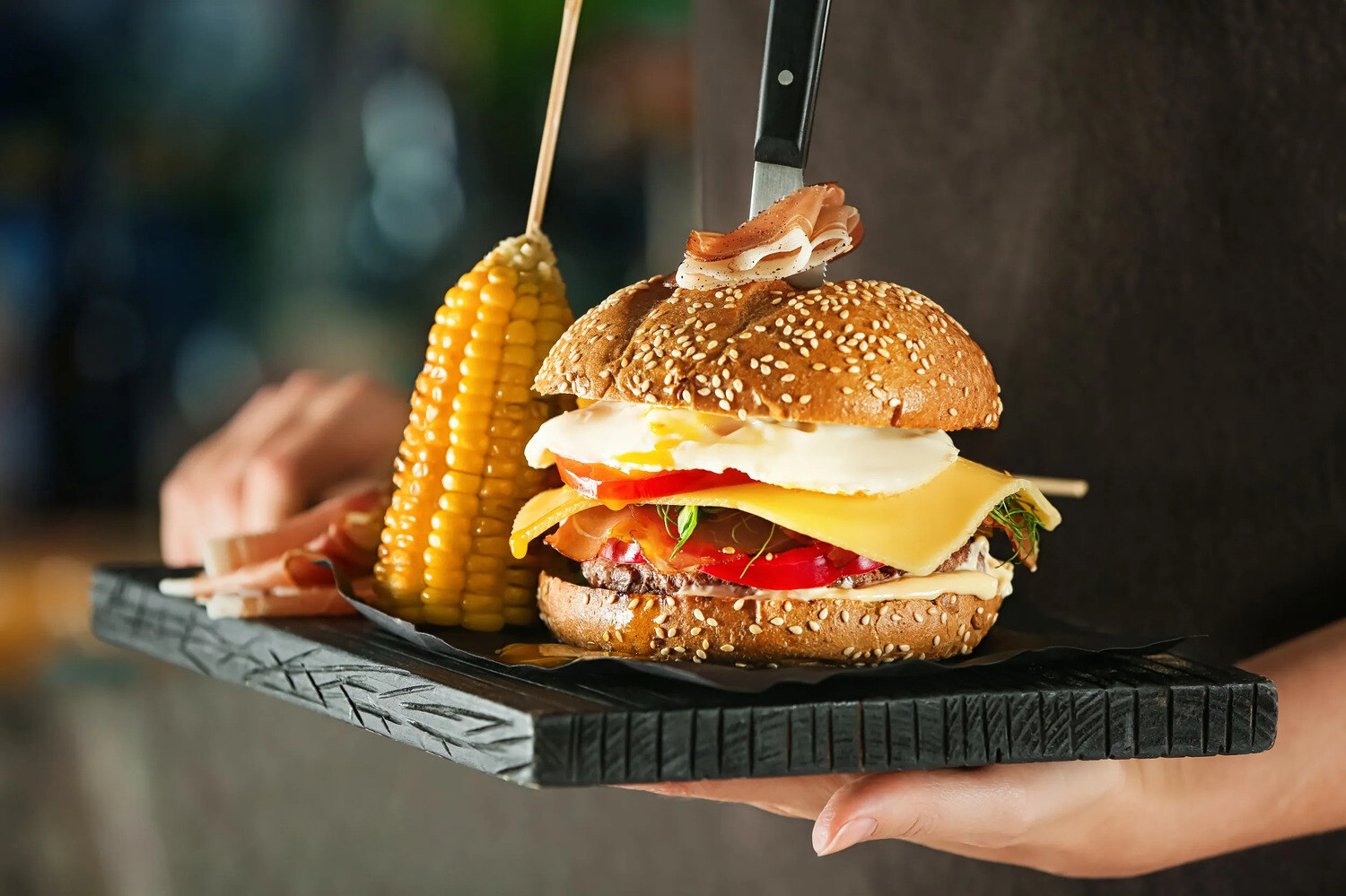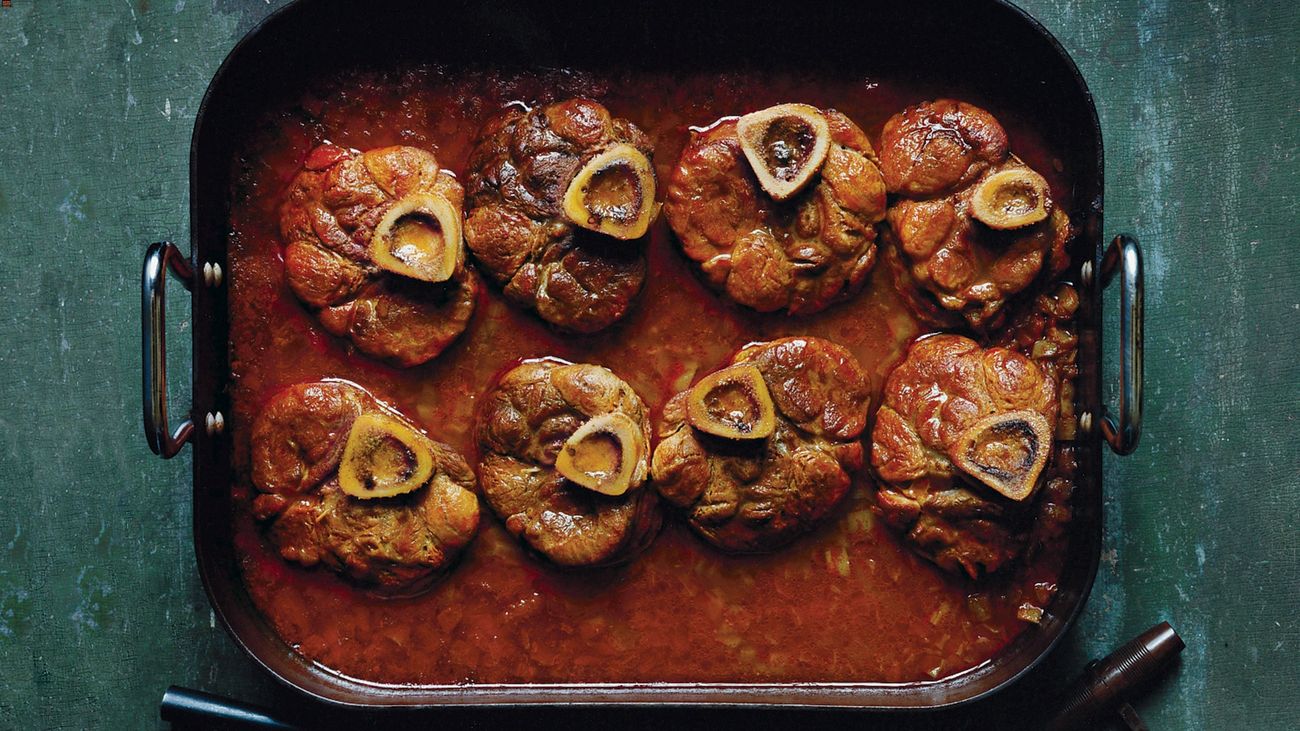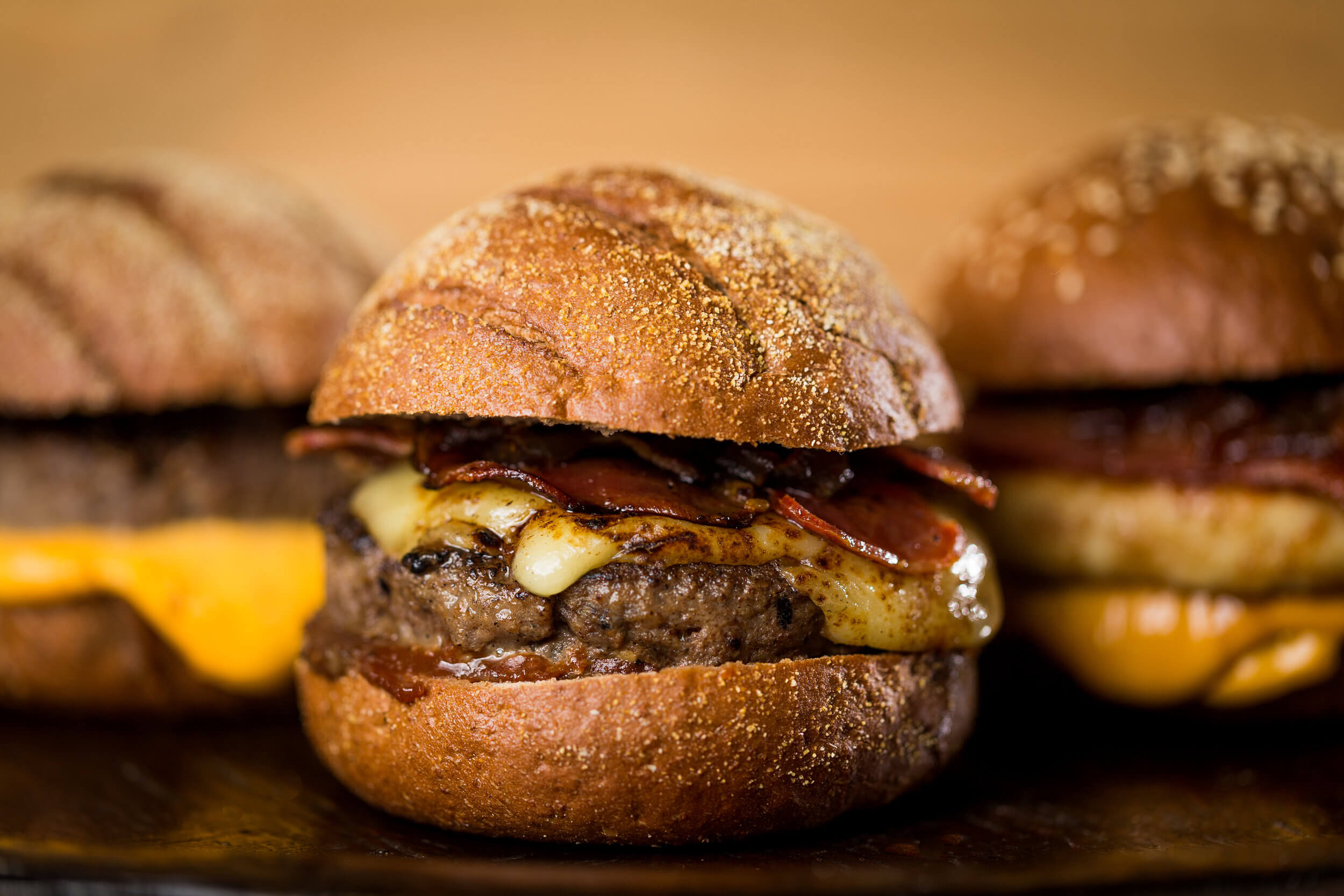Cooking in biodomes offers a unique way to blend gourmet techniques with sustainable living. These controlled environments allow chefs to grow fresh ingredients year-round, ensuring peak flavor and nutrition. Imagine picking herbs and vegetables just steps from your kitchen, then transforming them into exquisite dishes. Biodomes also support eco-friendly practices by reducing transportation and waste. This innovative approach not only enhances the quality of your meals but also promotes a healthier planet. Whether you're a seasoned chef or a home cook, biodomes provide an exciting opportunity to elevate your culinary skills while embracing sustainability.
Essential Ingredients for Your Gourmet Biodome Dish
Gourmet Approaches to Cooking in Biodomes
-
Fresh Vegetables:
- Tomatoes
- Bell peppers
- Zucchini
- Spinach
- Carrots
-
Herbs and Spices:
- Basil
- Thyme
- Rosemary
- Oregano
- Garlic
-
Proteins:
- Chicken breast
- Tofu
- Salmon fillets
- Eggs
-
Grains and Legumes:
- Quinoa
- Brown rice
- Lentils
- Chickpeas
-
Dairy and Alternatives:
- Greek yogurt
- Almond milk
- Parmesan cheese
- Cheddar cheese
-
Oils and Condiments:
- Olive oil
- Balsamic vinegar
- Soy sauce
- Honey
-
Fruits:
- Apples
- Berries
- Lemons
- Avocados
Must-Have Tools for Cooking in Biodomes
-
High-Quality Chef's Knife
- Essential for precise cutting, chopping, and slicing of ingredients.
-
Cutting Boards
- Preferably in multiple sizes; one for produce, another for meats to prevent cross-contamination.
-
Cast Iron Skillet
- Versatile for both stovetop and oven use, perfect for searing and baking.
-
Digital Thermometer
- Ensures meats and fish are cooked to the perfect temperature.
-
Blender or Food Processor
- For sauces, soups, and purees; a crucial tool for creating smooth textures.
-
Mixing Bowls
- A set of various sizes for preparation and mixing of ingredients.
-
Measuring Cups and Spoons
- For precise ingredient measurements, ensuring consistent results.
-
Spatulas and Wooden Spoons
- Non-reactive tools for stirring, mixing, and flipping.
-
Fine Mesh Strainer
- Ideal for rinsing grains, draining pasta, and creating silky-smooth sauces.
-
Baking Sheets and Pans
- Necessary for roasting vegetables, baking meats, and preparing sweets.
-
Mortar and Pestle
- For grinding spices and herbs, releasing their full flavors.
-
Vegetable Peeler
- Makes peeling vegetables and fruits easier, with minimal waste.
-
Microplane Grater
- For zesting citrus and finely grating cheese or garlic.
-
Adjustable Mandoline Slicer
- For perfectly even slices of fruits and vegetables, crucial for presentation.
-
Dutch Oven
- Ideal for slow-cooking, braising, and making stews and soups.
-
Salad Spinner
- Quickly dries washed greens, ensuring dressings adhere properly.
-
Pressure Cooker or Instant Pot
- Speeds up cooking times for grains, legumes, and tough cuts of meat.
-
Sous Vide Precision Cooker
- For exact cooking temperatures, resulting in perfectly cooked dishes every time.
-
Herb Scissors
- Simplifies chopping fresh herbs, maintaining their flavor and aroma.
-
Silicone Baking Mats
- Reusable, non-stick surfaces for baking and roasting without extra fats or oils.
Use vertical gardening in biodomes to maximize space. Grow herbs, vegetables, and fruits on walls. This method increases yield, improves air circulation, and makes harvesting easier.
Why Cooking in Biodomes is Unique
Gourmet approaches in biodomes allow for controlled environments where chefs can grow and harvest fresh ingredients year-round. This method ensures sustainable and organic produce, reducing carbon footprints. Additionally, it offers chefs the ability to experiment with exotic plants and herbs, enhancing the flavor and quality of their dishes.
Step-by-Step Guide to Mastering Biodome Cuisine
Gourmet Approaches to Cooking in Biodomes
-
Plan Your Biodome Layout
- Designate Zones: Separate areas for herbs, vegetables, and fruits.
- Install Irrigation: Ensure consistent watering for all plants.
- Lighting: Use LED grow lights for optimal growth.
-
Select High-Quality Seeds
- Heirloom Varieties: Choose seeds known for flavor and nutritional value.
- Organic Seeds: Opt for non-GMO and pesticide-free options.
-
Prepare Soil and Planting Medium
- Compost: Enrich soil with organic compost for nutrient density.
- pH Balance: Test and adjust soil to a neutral pH for most plants.
-
Planting Techniques
- Companion Planting: Pair plants that benefit each other.
- Succession Planting: Stagger planting times for a continuous harvest.
-
Maintain Optimal Conditions
- Temperature Control: Keep the biodome at a consistent temperature.
- Humidity Levels: Maintain appropriate humidity for each plant type.
-
Pest Management
- Natural Predators: Introduce ladybugs or praying mantises.
- Organic Pesticides: Use neem oil or soap sprays.
-
Harvesting Techniques
- Timing: Harvest at the peak of ripeness for best flavor.
- Tools: Use sharp scissors or pruning shears to avoid damage.
-
Storage and Preservation
- Refrigeration: Store herbs and vegetables in the crisper drawer.
- Drying: Air-dry or use a dehydrator for long-term storage.
-
Cooking with Fresh Ingredients
- Herbs: Add fresh herbs at the end of cooking for maximum flavor.
- Vegetables: Use quick-cooking methods like sautéing or steaming.
-
Experiment with Flavors
- Herb Blends: Create your own herb mixes for unique dishes.
- Infusions: Infuse oils or vinegars with fresh herbs for added depth.
-
Sustainable Practices
- Composting: Recycle plant waste into compost.
- Water Conservation: Use rainwater or greywater systems.
-
Community Involvement
- Workshops: Host cooking classes or gardening workshops.
- Sharing: Exchange produce with neighbors or local markets.
-
Monitor and Adjust
- Regular Checks: Inspect plants for health and growth.
- Adjust Techniques: Modify based on seasonal changes or plant needs.
-
Document Your Process
- Journaling: Keep a garden journal to track successes and challenges.
- Photography: Take photos to document growth and harvests.
-
Enjoy the Fruits of Your Labor
- Celebrate: Host a dinner party featuring your homegrown produce.
- Share Recipes: Exchange cooking ideas with friends and family.
Bringing It All Together
Cooking in biodomes offers a unique blend of sustainability and culinary creativity. By growing your own ingredients, you ensure freshness and flavor that’s hard to beat. Plus, you get to experiment with seasonal produce and exotic herbs right at your fingertips. Whether you’re a seasoned chef or just starting out, biodome cooking can elevate your dishes to new heights. Remember, the key is to embrace the natural cycles and conditions of your biodome. This way, you’ll not only create delicious meals but also contribute to a more sustainable lifestyle. So, get out there, start planting, and let your culinary imagination run wild. Your taste buds—and the planet—will thank you.
Common Questions About Gourmet Biodome Cooking
What is a biodome?
A biodome is a controlled, self-sustaining environment where plants, animals, and sometimes humans can live. Think of it as a mini-ecosystem under a dome.
Why cook in a biodome?
Cooking in a biodome allows you to use fresh, organic ingredients grown right there. Plus, it’s eco-friendly and reduces your carbon footprint.
What kind of ingredients can you grow in a biodome?
You can grow a variety of herbs, vegetables, and even some fruits. Common choices include tomatoes, basil, lettuce, and strawberries.
How do you ensure freshness of ingredients?
Since everything is grown inside the biodome, you can harvest ingredients right before cooking. This guarantees maximum freshness and flavor.
Are there any special tools needed for cooking in a biodome?
Not really. Standard kitchen tools work just fine. However, having a good pair of gardening shears can be handy for harvesting.
Can you grow exotic ingredients in a biodome?
Yes, you can! With the right conditions, you can grow exotic herbs and spices like lemongrass, ginger, and even turmeric.
How does cooking in a biodome impact nutrition?
Cooking with fresh, biodome-grown ingredients often means higher nutritional value. The produce is free from pesticides and packed with vitamins.

